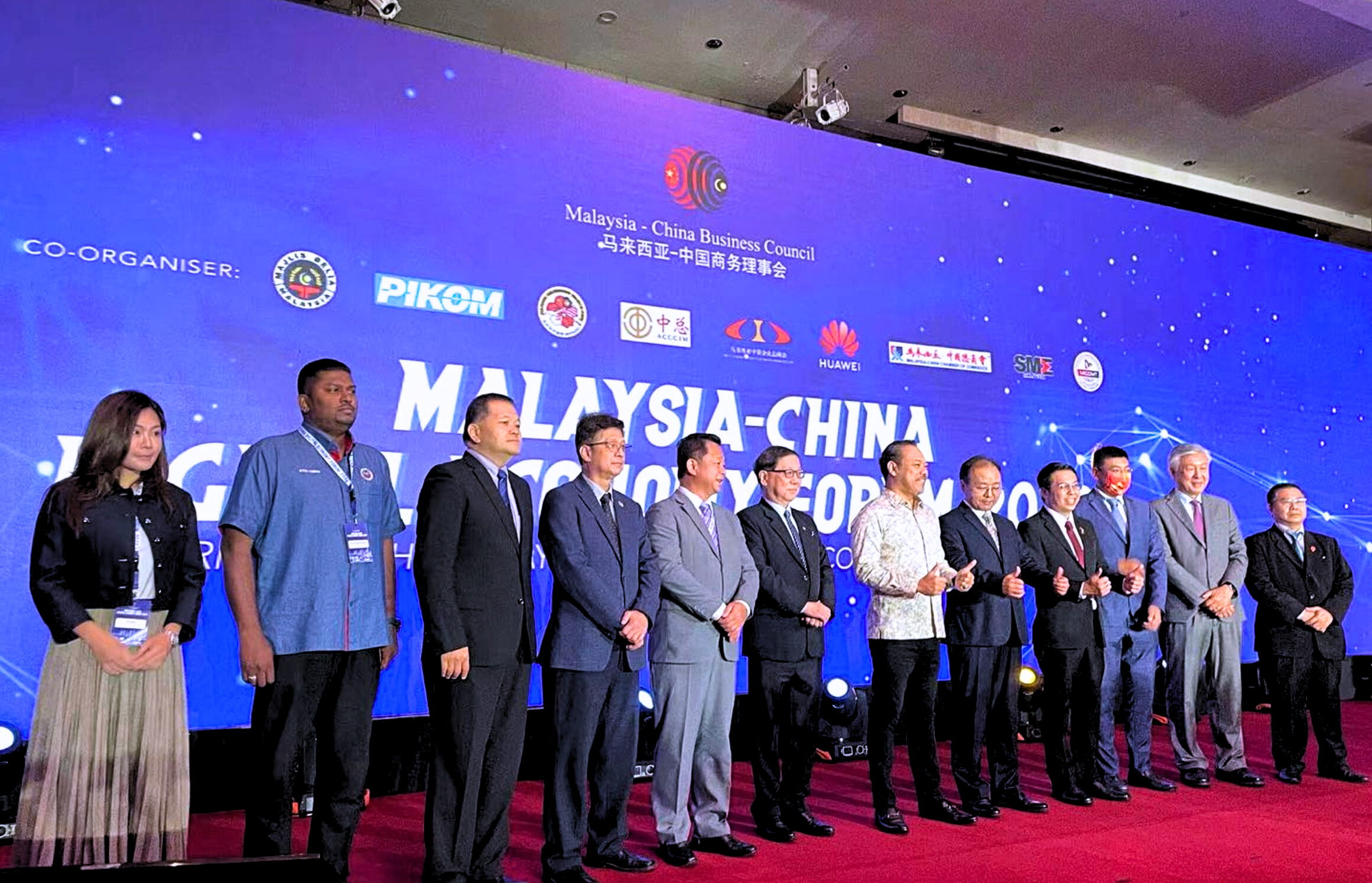Introduction
The word hello is one of the simplest yet most powerful words in the world. It is more than just a greeting—it is an invitation to connect, to communicate, and to acknowledge someone’s presence. Whether spoken softly to a friend, cheerfully to a stranger, or typed in a digital message, hello can bridge gaps and create instant connections.
The Origins of “Hello”
The word hello didn’t always exist in the way we use it today. Linguists trace it back to the 1800s, where it was derived from earlier words like holla or hallo, which were originally used to draw attention. When the telephone was invented, Thomas Edison popularized hello as the standard way to answer calls—and since then, it became the universal greeting we know today.
Cultural Significance
Every culture has its own way of saying hello, yet the purpose remains the same: to show respect and acknowledgment. In Japan, people greet with konnichiwa, while in France it’s bonjour, and in Malaysia, apa khabar. No matter the language, the spirit of hello reminds us that human interaction starts with a simple word.
The Psychology of Greetings
Saying hello may seem small, but it has powerful psychological effects. A warm greeting can set the tone for a positive interaction, reduce feelings of loneliness, and even boost someone’s mood instantly. In workplaces, communities, and schools, consistent greetings help foster a sense of belonging.
Hello in the Digital Age
Today, hello has expanded beyond spoken language. We use emojis, GIFs, and even memes to say it online. A simple “👋 hello” on social media can spark conversations and connections across the globe. Despite all the changes in communication, hello remains timeless and universal.
Conclusion
At its core, hello is more than just a word—it is a symbol of human connection. It reminds us that no matter where we come from, the first step toward building relationships, communities, and understanding begins with a simple greeting.



